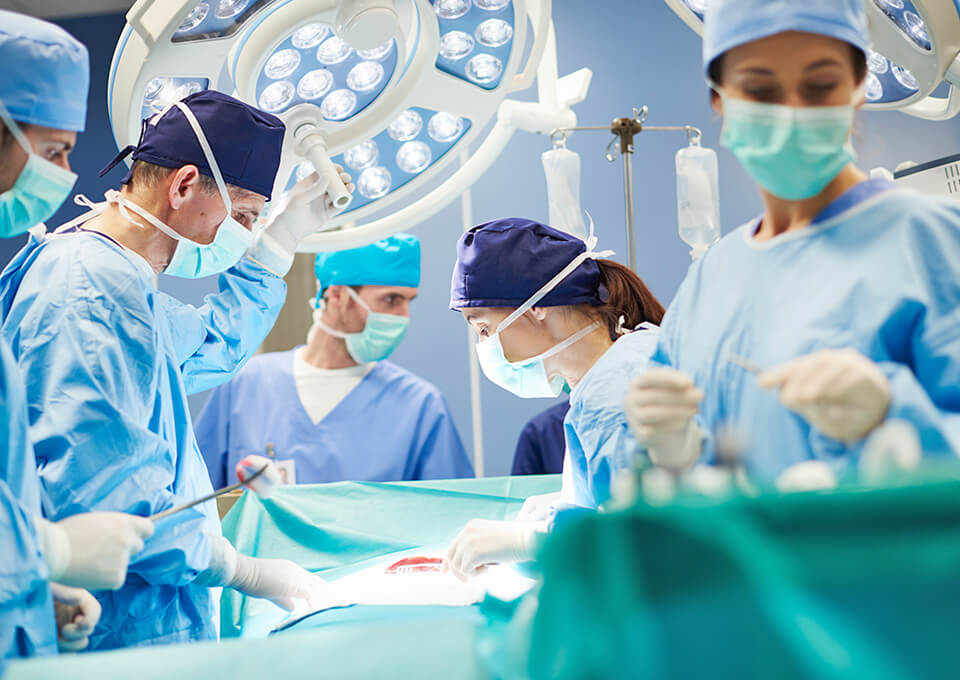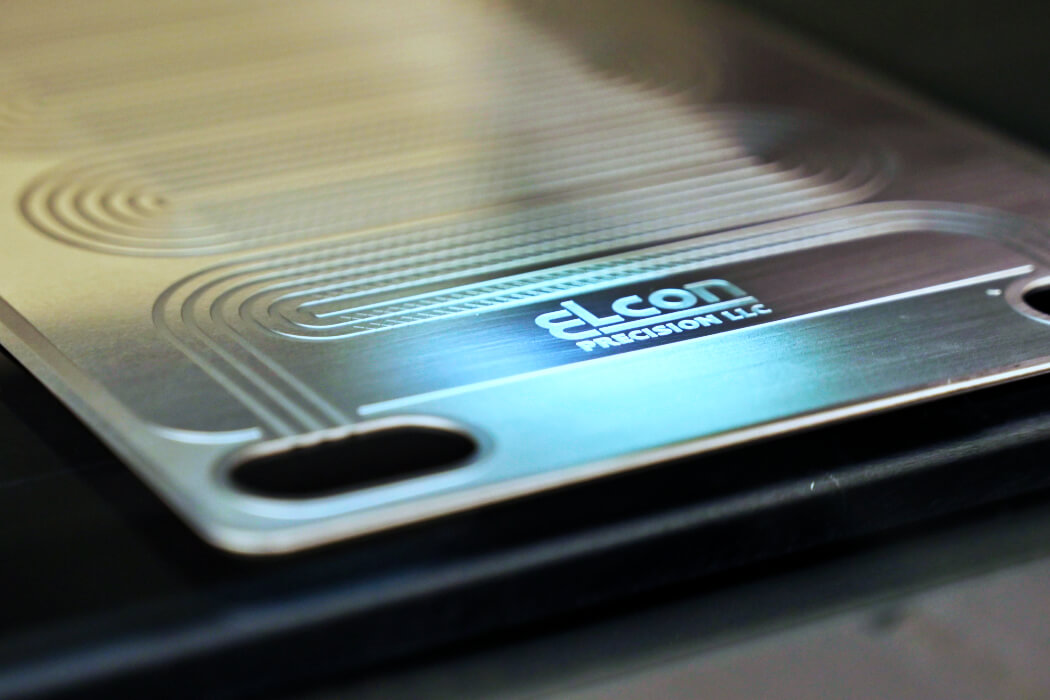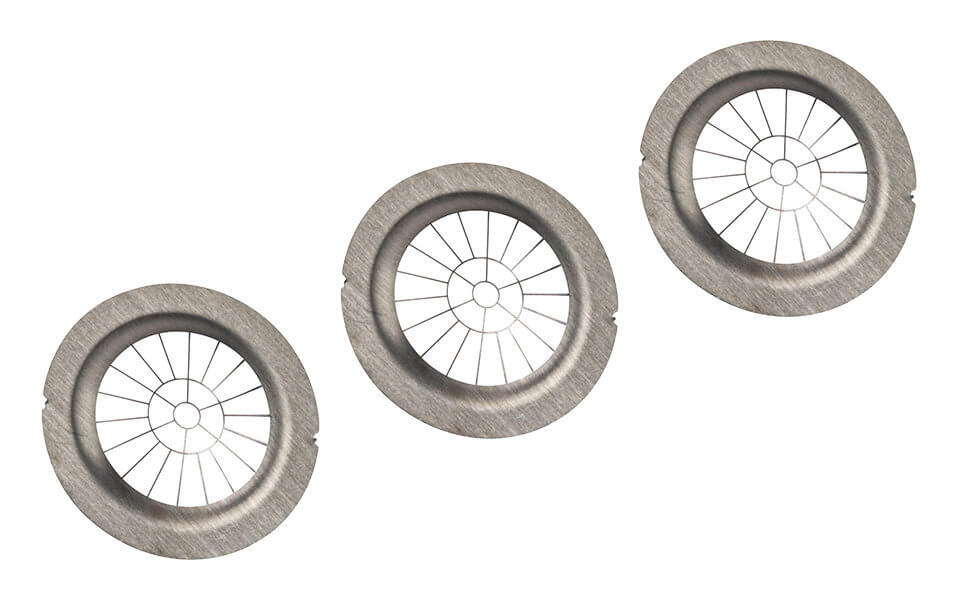
High-Strength. Corrosion-Resistant
Stainless steel is a high-strength, corrosion-resistant metal.
- Its exceptional strength and durability make it ideal for components that require high structural integrity, in equipment that must withstand high stress with heavy use, and in harsh or demanding conditions such as high temperatures or acidic fluids.
Stainless steel’s toughness lends itself to various aerospace and defense applications, including photochemically etched optical encoders, heat exchangers for thermal management, and EMI/RFI shielding.
- Stainless steel owes its corrosion resistance to its chromium content (at least 10.5%, some steel alloys contain higher chromium content).
When exposed to air, chromium forms a thin passive layer of chromium oxide over the steel component’s surface, protecting it from rusting, degradation or deterioration. This makes it suitable for medical instruments, implants, and surgical equipment that come in contact with acidic or corrosive bodily fluids.

High-Quality Etched Stainless Steel
Elcon Precision uses stainless steel to manufacture high-quality components that guarantee performance, reliability, and longevity in demanding environments while meeting stringent industry requirements.
- Stainless steel has remarkable heat resistance as well as an ability to withstand cryogenic temperatures.
- It is biocompatible and maintains its functional properties without reacting with acidic bodily fluids or tissues.
- Stainless steel can be formed and machined into very fine or extremely sharp parts, such as needles for medical use. It withstands processes such as welding and forming without compromising its mechanical properties.
- It can be polished into a smooth and shiny surface which has high aesthetic appeal.
- Stainless steel’s smooth surface prevents the accumulation of bacteria or contaminants and is resistant to staining. This makes it hygienic and easy to clean.
Stainless steel exhibits remarkable heat resistance and can endure cryogenic temperatures while remaining biocompatible. That’s why it is ideal for medical applications such as needles or surgical instruments that won’t react with body fluids.
Stainless steel can also withstand machining processes like welding and forming without compromising its mechanical properties. Its smooth and shiny surface not only offers high aesthetic appeal but also prevents the accumulation of bacteria or contaminants.
This unique combination of properties makes stainless steel an ideal material for high-quality components in the defense, biomedical and aerospace industries.

Our Etching Capabilities
- Etching of many grades of stainless steel, including 304, 316, 420, 719, 17-4 PH, 2205, 4130, and 5510
- Combining CNC machining and photochemical etching on sheets up to 2mm thick
- Etching of up to 0.025″ thick sheets as large as 22×12 inches
- Tolerances of ±.0005″ in many applications

Stainless Steel Applications
- Prototyping components
- Bipolar plates for electrolyzers & fuel cells
- Fine meshes, screens, and filters
- Flat springs, flexures for fuel injection, satellites, & biosensors
- Surgical blades & tools
- Sensor components
- Machine actuators
- Medical components
- Alternative for aluminum components


